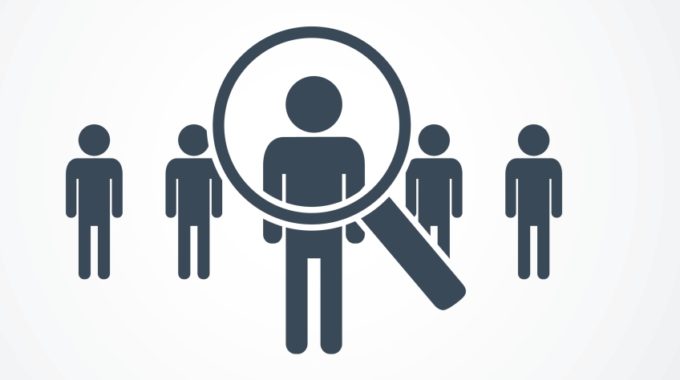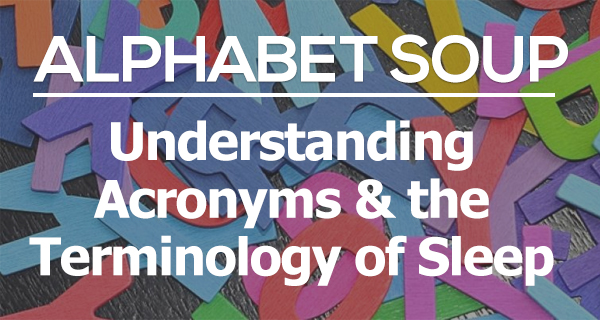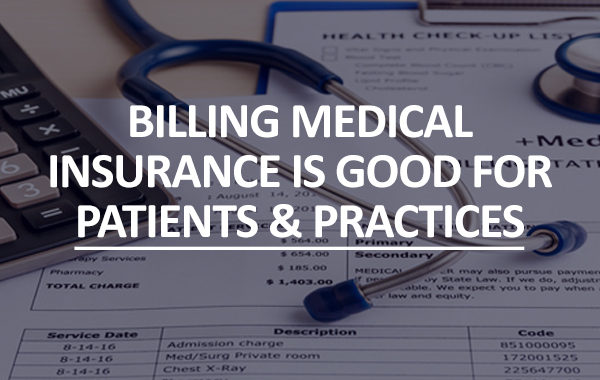
Targeting the Ideal Audience with your Sleep Marketing
September 2019 DSM Insider Article By Marc Fowler, CEO of Bullseye Media
Remember the days when postcards were the marketing medium of choice? Back then, the key to a successful campaign was the mailing list. A below average postcard sent to an excellent prospect list could produce solid results. However, an amazing postcard sent to the wrong list was doomed to failure.
In the digital world, targeting the correct search terms (keywords) can make or break a campaign. To succeed, a digital campaign must not only have compelling, informative content, but that content must be targeted to the right audience – the people actively searching for the type of content you are providing.
So how do you know which keywords/search terms you should be targeting? Too often that decision is based on gut feel, which is inherently tainted by personal bias.
Smart marketers compare their gut instincts with hard data because, as the saying goes, the numbers don’t lie.
When analyzing Google search data for sleep-related terms, the numbers break out as follows:

Over the past 12 months there have been an average of 368,000 searches on Google each month for the term “sleep apnea”. Comparatively, “snoring” has received an average of 60,500 searches per month.
If a marketing campaign manager incorrectly assumed snoring would be the best search term to target because more people know about it, more spouses complain about it, etc., they would be targeting an audience that is six times smaller than the audience for “sleep apnea”.
That isn’t to say you wouldn’t want to include snoring in your campaign, it’s just helpful to know that sleep apnea receives over 300,000 more searches each month and you should allocate your time and budget accordingly.
Additionally, knowing that CPAP receives 165,000 monthly searches shows that it is another keyword you would want to spend some energy targeting. While it’s true that a lot of those CPAP searches are being conducted by happy CPAP users simply looking for replacement CPAP supplies, we know from experience (and digging deeper into the data), that a high percentage of them are ideal prospects for a dental sleep practice.
Current CPAP users have already been tested and diagnosed, and statistics show that the majority of them aren’t using their CPAP consistently. Many would be open to an alternative. Even those who are CPAP compliant could benefit from having an oral appliance for traveling, as a backup when they don’t have power, or when they’re too congested to use their nasal CPAP mask.
Using the broad keywords listed above is just scratching the surface of a proper targeting strategy. To really maximize your marketing efforts, you’ll want to research keywords associated with those main terms. A deeper dive into the term “sleep apnea” turns up numerous additional search terms with large search volumes. For example, the term “sleep apnea symptoms” has an average search volume of 40,500 per month, nearly as many searches as the broad term “CPAP.” Even “sleep apnea machine” presents a strong opportunity for targeting, with over 27,100 average searches per month. Adding granular search terms such as these can help you really hone in on your true target audience.
Understanding your audience and targeting them properly can be the difference between another failed marketing campaign and bringing significant numbers of new sleep patients through your doors.


